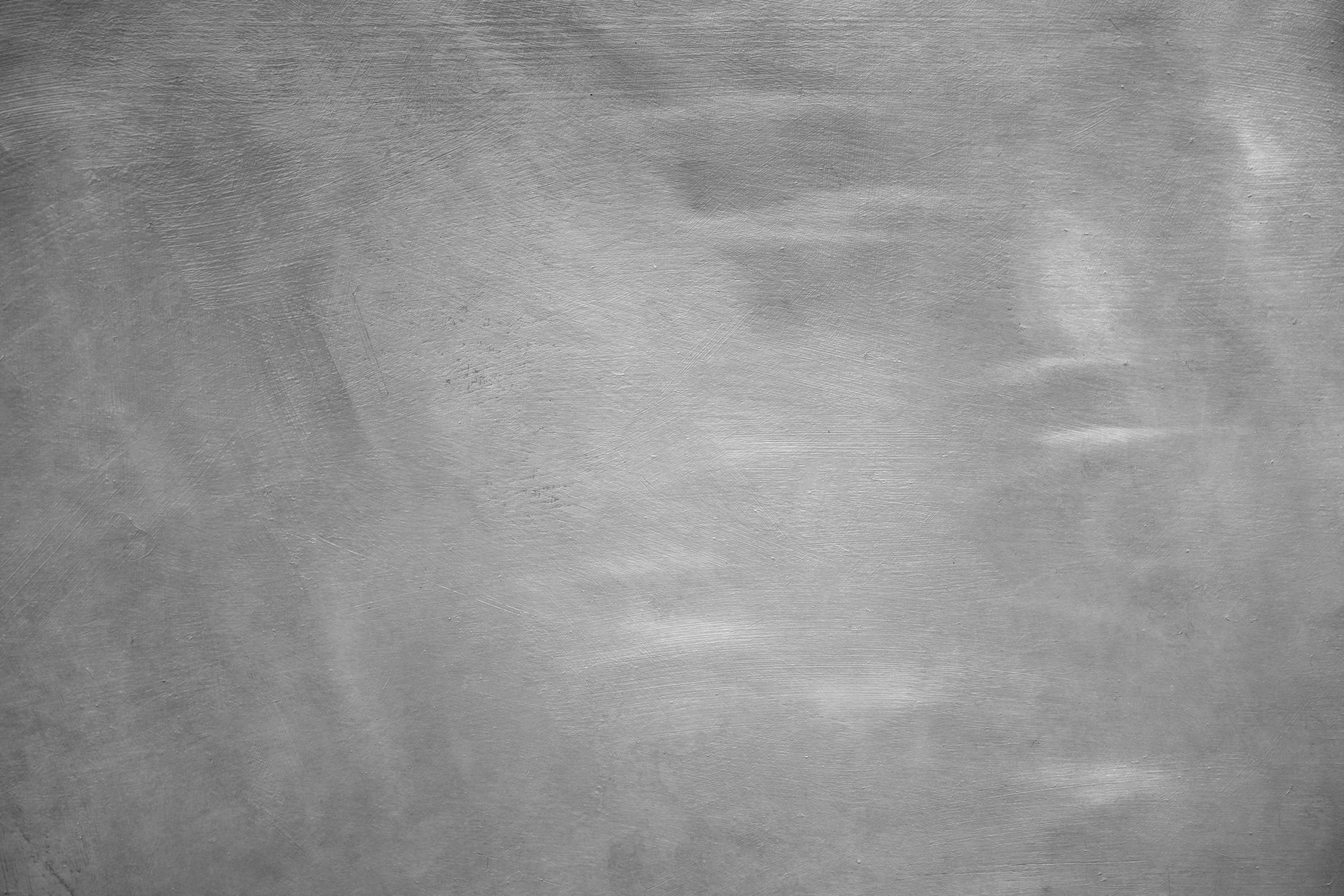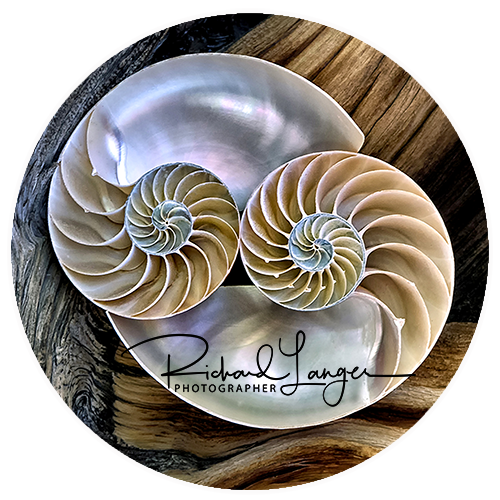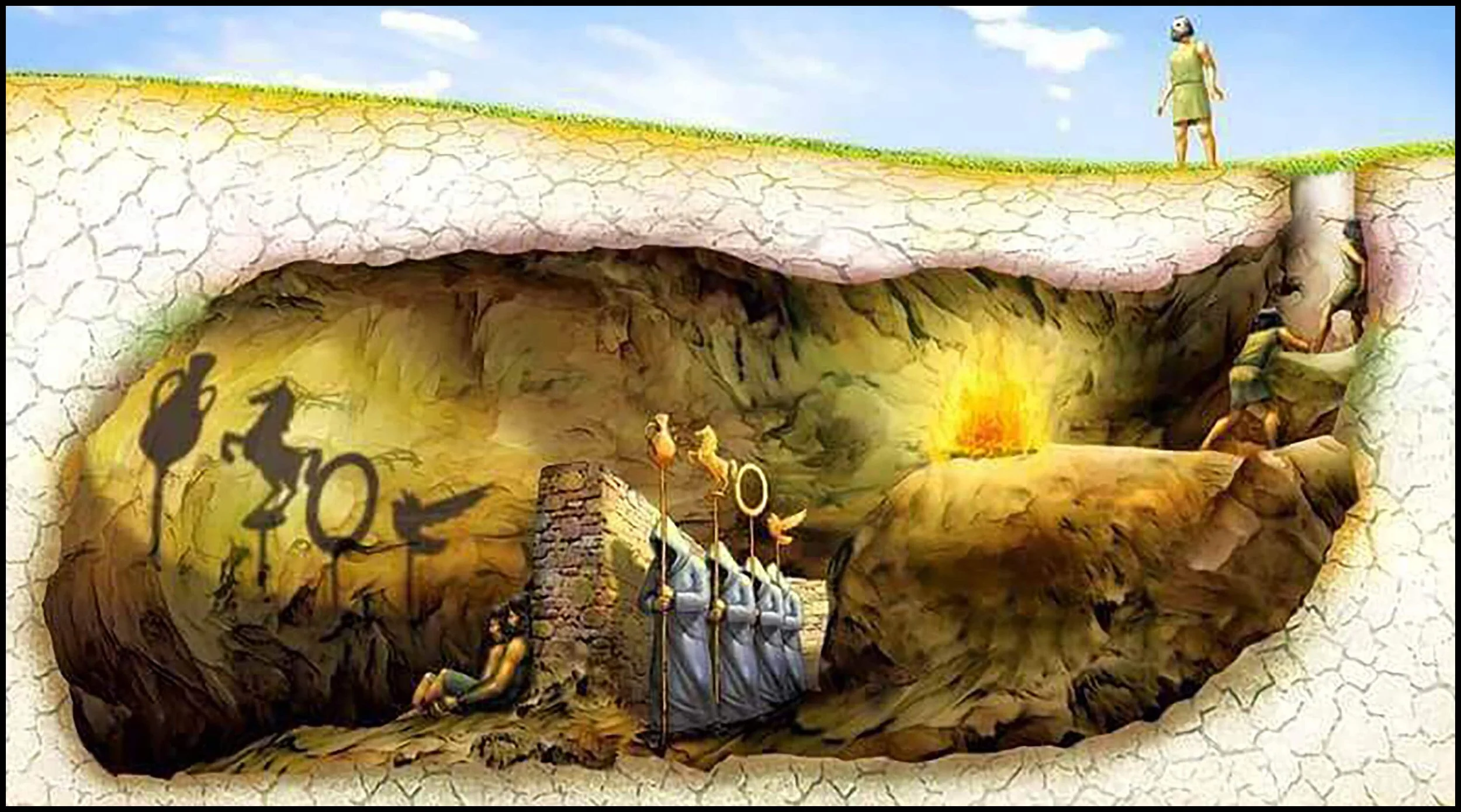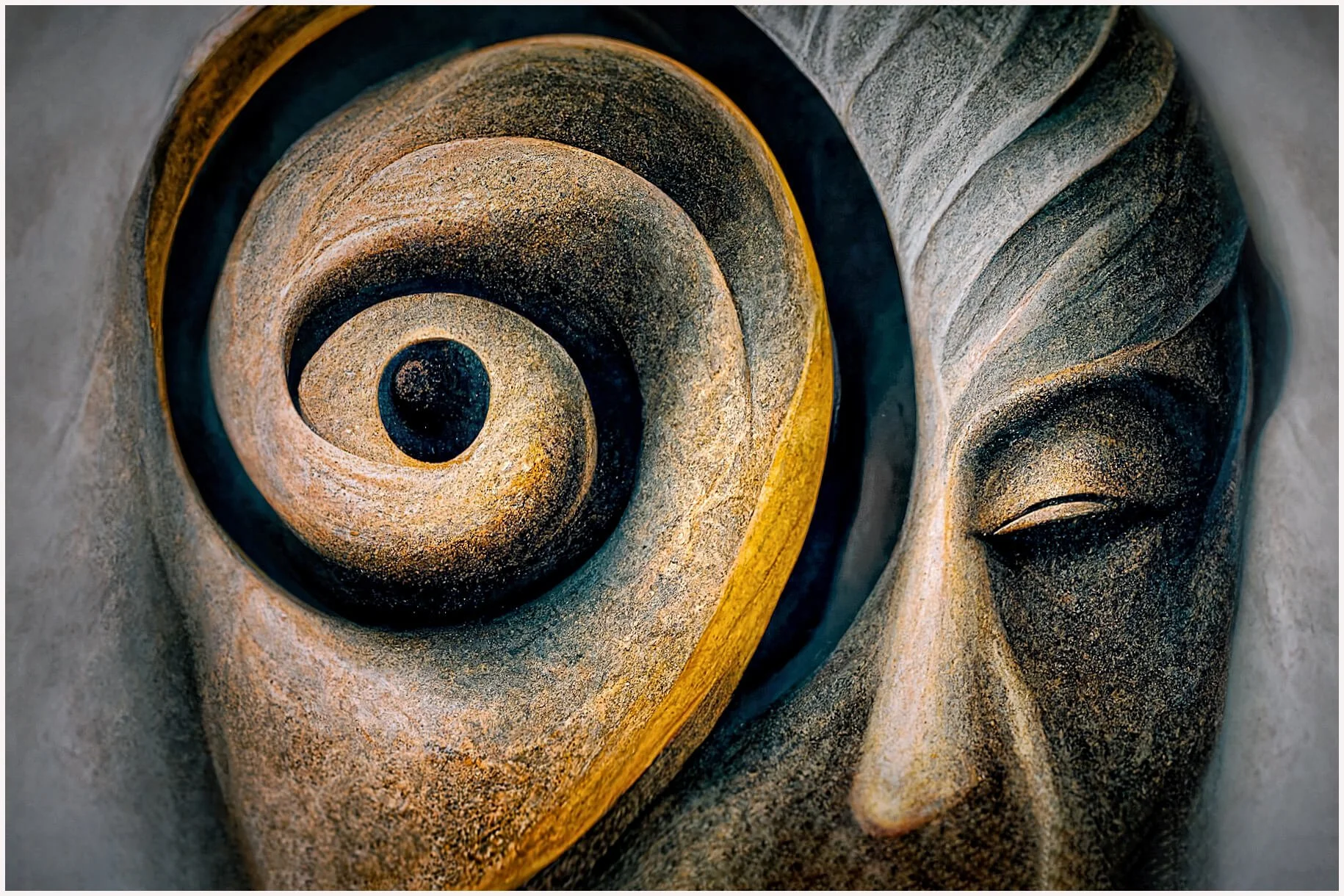
Plato’s
Allegory of the Cave

Allegory of the Cave
Plato's Allegory of the Cave, found in Book VII of The Republic, is a profound metaphor illustrating the philosopher's perspective on human perception, knowledge, and enlightenment.
The allegory presents prisoners who have been chained inside a dark cave their entire lives, facing a blank wall. Behind them is a fire, and between the prisoners and the fire is a parapet along which puppeteers walk, casting shadows on the wall using objects that pass in front of the fire. The prisoners are unable to see the objects or the puppeteers, and perceive the shadows as their only reality.
One prisoner is eventually freed and exposed to the outside world. Initially blinded by the sunlight, he gradually comes to understand that the shadows on the cave wall are mere illusions, not reality. As his eyes adjust, he sees the sun, symbolizing ultimate truth and knowledge, illuminating the true forms of the objects he once perceived only as shadows.
Our journey into self-knowledge is identical to that of the prisoner who was freed. With a deeper understanding of who we truly are, we can escape the illusion of reality presented to us by our senses.

The Connection to the Greek Maxim ‘Know Thyself’
The Greek maxim “Know Thyself” inscribed at the Temple of Apollo at Delphi, emphasizes the importance of self-awareness and introspection. This maxim aligns seamlessly with Plato’s Allegory of the Cave, as both advocate for an understanding that goes beyond superficial perceptions and delve into the essence of existence.
In the context of the Allegory, “Know-Your-Self” underscores the importance of recognizing your own lack of wisdom. The prisoners in the cave represent individuals unaware of their limited perspectives, mistaking shadows for reality.
The journey out of the cave mirrors the philosophical quest to understand yourself and the world more accurately. By knowing yourself in this way, you acknowledge the limits of your current knowledge and the potential for growth and enlightenment.

The Choice We Face
As humans, we have a choice: we can live at the surface level of ‘self’—driven by habitual thoughts, feelings, and perceptions that perpetuate suffering. This is being a prisoner in the cave. Or we can be the prisoner who escaped the suffering of the cave and embark on a journey to discover the deeper levels of our ‘self’, leading to greater joy, compassion, and equanimity.
Most of us mistake the brain-constructed image of our ‘self’ at the surface level for the totality of our true nature. The reason for this is that our deeper aspects of self (beyond the surface level) are obscured by delusions, ignorance, and negative emotions. These mental afflictions arise from evolutionary processes that prioritize survival over clarity or happiness. While this has kept our species alive, it has also limited our potential for deeper fulfillment.
Breaking free from these habitual patterns, like the prisoner who escaped from the cave, requires courage and humility. It can be uncomfortable to confront our deeper mental attitudes, but the discomfort of remaining trapped in the cave is far greater.
The journey of self-discovery allows us to escape from the cave and move toward a more liberated and fulfilling life.





